When you're buying a laser welder, the wrong choice can hurt your entire production line. Low-quality beams, unstable power, or poor wire feeding can kill your throughput.
To choose the right handheld laser welding machine, focus on beam quality, power stability, and real-world usability. These three factors determine speed, precision, and reliability on the floor.
A good welding machine should work for your operators, not against them. At Kirin Laser, we’ve seen too many shops waste time and money on the wrong equipment. This article breaks it down with clear answers based on real factory experience.
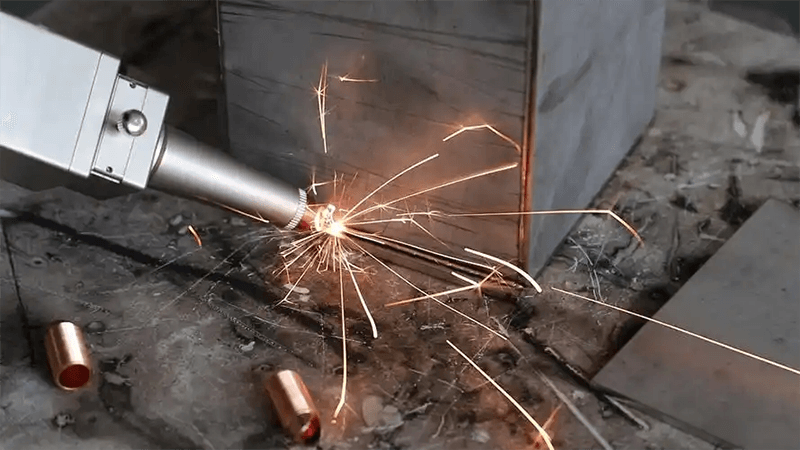
How much power is required for laser welding?
Many people assume more power is always better. But that’s not how laser welding works. If the power is too low, you’ll struggle to penetrate thicker materials. If it’s too high, you risk burn-through, warping, or splatter.
For most handheld laser welding tasks, 1000W to 2000W is ideal. It offers enough flexibility for materials like stainless steel, aluminum, and carbon steel.
Material thickness vs. power range
Let’s make it simple with this table:
| Material | Thickness Range | Recommended Power |
|---|---|---|
| Stainless Steel | 0.5mm – 3mm | 1000W – 1500W |
| Aluminum | 1mm – 3mm | 1500W – 2000W |
| Carbon Steel | 0.8mm – 4mm | 1000W – 2000W |
We always advise customers to start by mapping out their typical material specs. One of our clients worked with thin stainless cabinets—TIG welding was too slow and inconsistent. With our 1500W handheld welder1, they increased throughput by 3x without any edge distortion.
Why power stability matters more than just high wattage
Don’t be fooled by headline wattage. Stable output makes a bigger difference. Our machines use high-end power sources2 with less than 2% fluctuation under full load. That’s what keeps the weld consistent even in long seams or high-volume shifts.
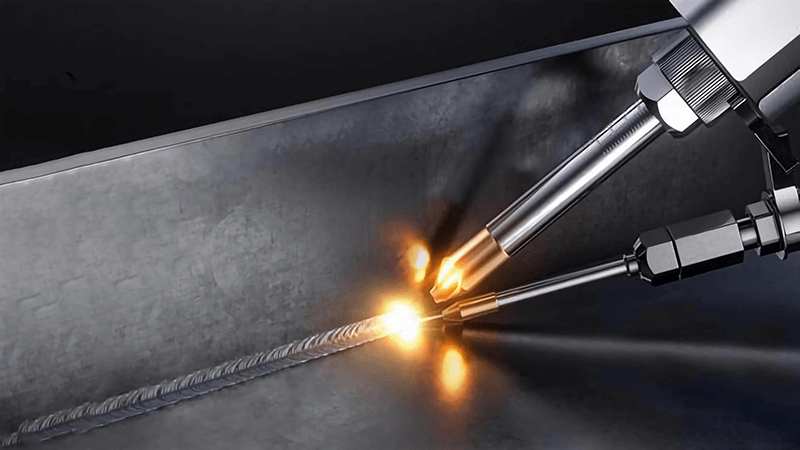
What size laser should I get?
People often ask if handheld lasers come in sizes like other machines. The truth is, the “size” refers more to the machine’s ergonomics, form factor, and how it fits into your floor setup.
Look at portability, cooling systems, and wire-feeding setups when choosing a laser size — not just the box dimensions.
Portability vs. Power Trade-offs
We offer several body types:
| Model Type | Description | Best For |
|---|---|---|
| Compact 1000W3 | Lightweight, easy to move | On-site repairs, small shops |
| Standard 1500W | Balanced performance and mobility | Most general fabrication needs |
| Heavy-duty 2000W4 | Built-in chiller, less portable | Long shifts, thicker materials |
If your shop moves tools between workstations, compact is the way to go. But if you're running batch production all day, you’ll want something heavier with better cooling.
Ergonomics and Safety
Size also means how it feels in your hand. We engineer our torch handles with heat-resistant materials and weight balancing so your team doesn’t tire out after two hours of welding. And all models come with interlocks and safety sensors to avoid accidental beam exposure.
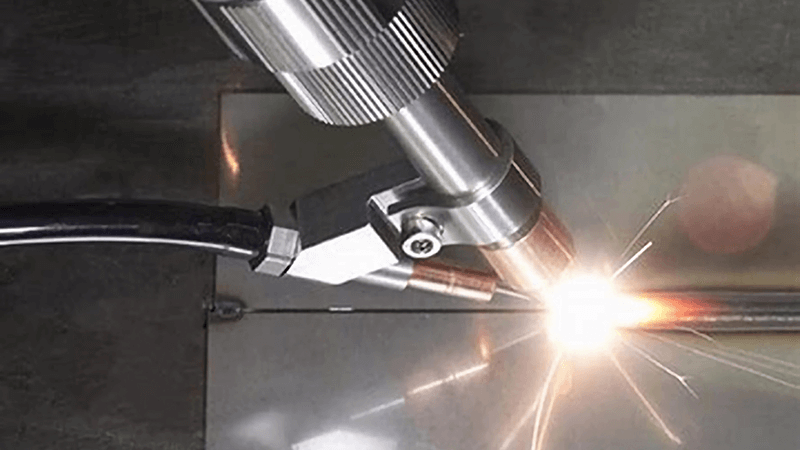
How to know a good welding machine?
Too many suppliers just slap parts together and call it a welding system. A good laser welder needs to do three things well — produce a clean beam, handle different materials, and keep your operator safe and productive.
A good welding machine should offer high beam quality, intuitive operation, and reliable cooling and safety features.
What we look for at Kirin Laser
Here’s what we always check during factory testing:
| Key Feature | What to Look For | Why It Matters |
|---|---|---|
| Beam Quality5 | M² < 1.2, minimal divergence | Clean, deep welds with less spatter |
| Wire Feeder Integration | Smooth feeding, anti-jamming mechanisms | Consistent filler results |
| Power Stability6 | ±2% fluctuation or lower | Prevents overburn, ensures repeatability |
| Cooling System | Dual-loop or chiller-based | Keeps power consistent on long runs |
| Software Interface | Clear UI, presets for materials | Easier for operators to train |
One customer in Texas told us they tried a budget brand first. The machine overheated after 20 minutes, and the power fluctuated so much that they couldn’t get a consistent seam. After switching to our 1500W system, their defect rate dropped by over 60% — and they trained five new welders in one week.
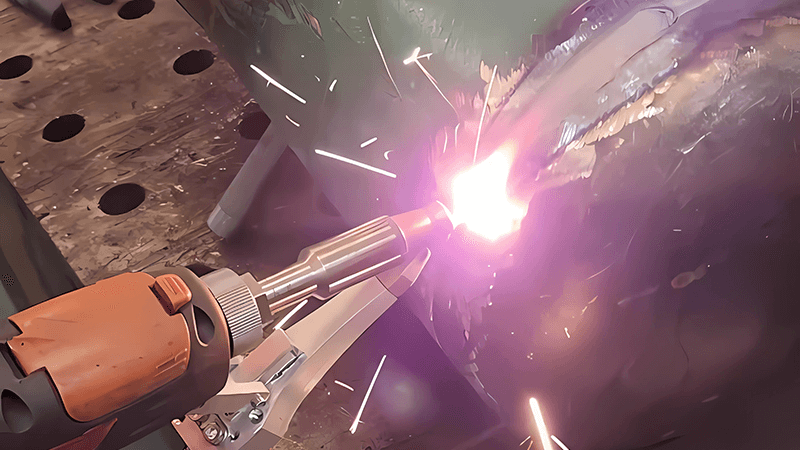
How to choose a laser welding machine?
This is where it all comes together. Choosing the right laser welding machine depends on your materials, your workflow, and the skill level of your operators.
To choose the best laser welder, match the power, cooling, and interface to your specific job requirements — not just the price tag.
Step-by-step buying guide from Kirin Laser
Here’s how we guide our B2B clients through the selection process:
-
Define your materials and thickness range.
This helps us recommend the right wattage and wire setup. -
Estimate usage hours per day.
Heavy usage needs better cooling and power stability. -
Assess the skill level of your team.
If you have entry-level operators, choose models with easier UI and more automation. -
Decide on mobility needs.
Will the machine stay on one bench or move between sites? -
Factor in after-sales support7.
Look for a supplier who offers training, spare parts, and remote diagnostics.
Why Kirin Laser is different
We don’t just sell machines. We partner with wholesalers, integrators, and factories to understand their long-term needs. Every machine we ship comes with a custom configuration sheet8, operator manuals, and access to our support engineers.
When I personally evaluate a machine, I don’t just look at the specs. I walk through the factory floor in my mind — who’s using it, how often, what kind of environment it’s in. That’s how I know if it’ll actually work for the buyer.
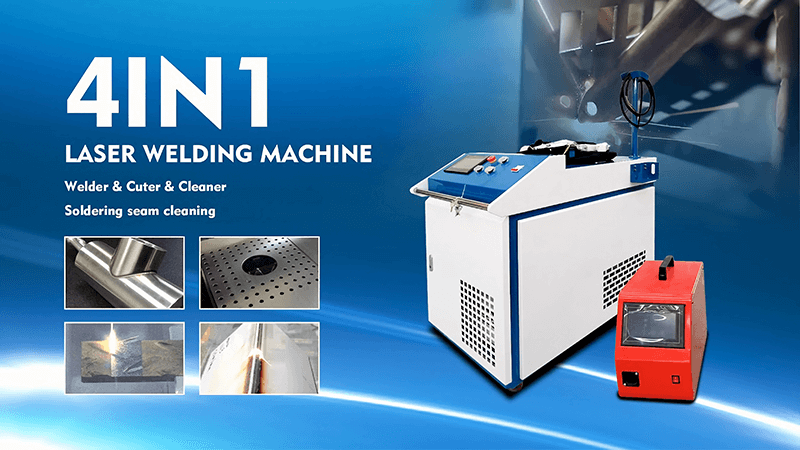
Conclusion
Choosing a handheld laser welding machine9 isn’t about chasing the biggest spec or the lowest price. It’s about finding a reliable tool that fits your process, your people, and your production demands. At Kirin Laser, we help clients match the right machine to the right task — so they weld faster, safer, and with fewer errors. Whether you’re upgrading from TIG or starting fresh, the right machine will transform your shop.
-
Discover how a 1500W handheld welder can triple your throughput and maintain edge quality, enhancing efficiency in stainless steel welding projects. ↩
-
Exploring high-end power sources can help you choose the right equipment for reliable and efficient welding. ↩
-
Explore this link to understand how the Compact 1000W can enhance mobility and efficiency in small workshops. ↩
-
Discover why the Heavy-duty 2000W is perfect for demanding tasks and how it improves productivity in fabrication. ↩
-
Understanding beam quality is crucial for achieving clean and deep welds, reducing spatter, and improving overall welding performance. ↩
-
Power stability ensures consistent welding results and prevents issues like overburn, making it essential for high-quality welds. ↩
-
Understanding after-sales support can help you choose a supplier that ensures long-term satisfaction and operational efficiency. ↩
-
Exploring this concept will reveal how tailored solutions can enhance machine performance and meet specific business needs. ↩
-
Finding the best laser welding machine and laser welding solutions from Kirin Laser, clicking this link to get all your needs. ↩





